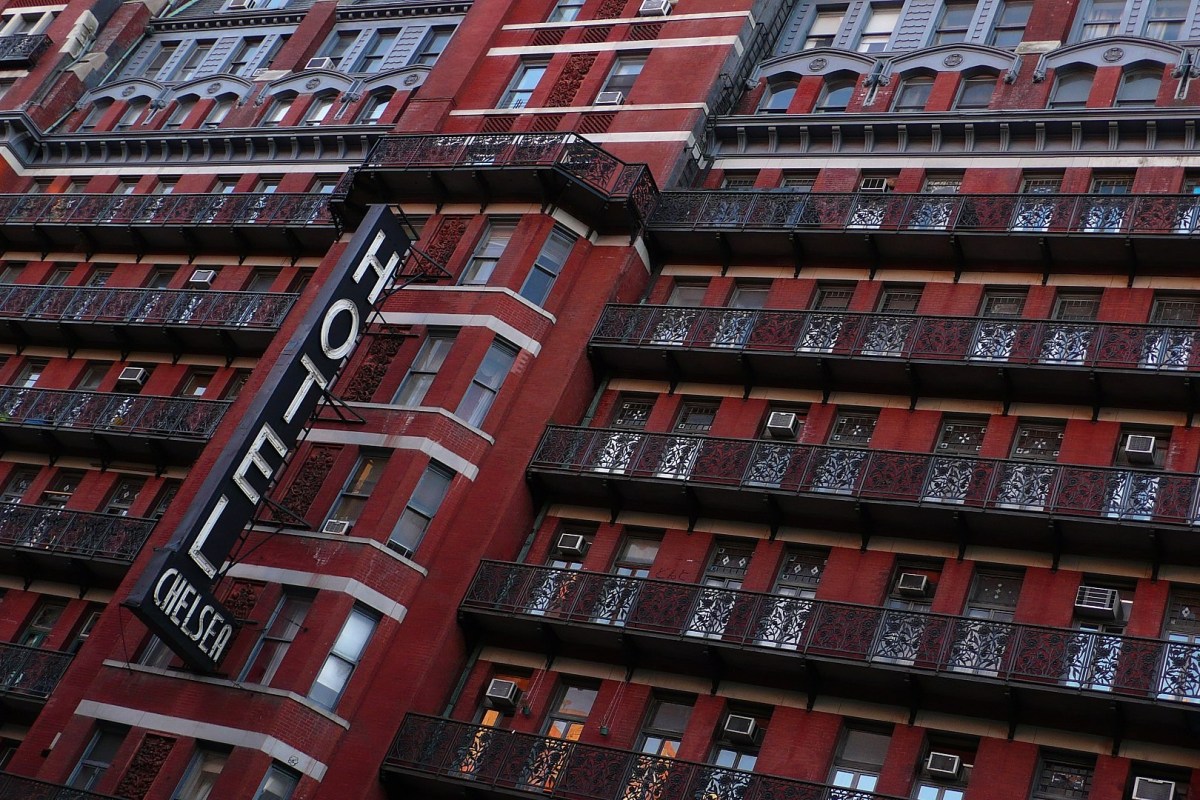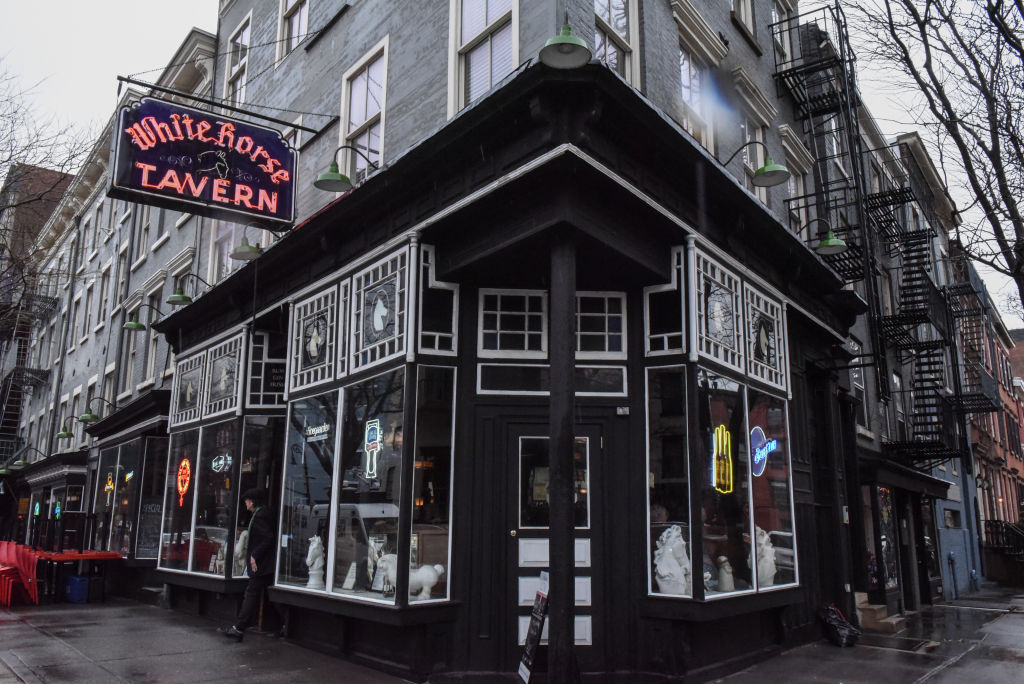From the mid-20th century to the present day, few spaces in Manhattan have had as complex a history as the Chelsea Hotel. It’s played a role in musical and literary history, and its facade is instantly recognizable. And hey, Leonard Cohen wrote a fantastic song about it. New York City abounds with spaces that once housed historical and beloved landmarks; for some spaces, the challenge is in finding a way to endure.
A new article by Ronda Kaysen at The New York Times explores the conundrum in which the hotel finds itself in 2021. For some, it’s the location of their homes; for others, it’s a site to be transformed into a boutique hotel experience.
Kaysen neatly summarizes the issues at hand, writing that “the 12-story Chelsea continues to exist in a world unto itself, one that seems to host a seemingly endless cage match where the building’s roughly 50 remaining tenants spar with one another or with the landlord who, in turn, battles with the city.”
Some tenants have sought to block the renovation, while others have acted in favor of it. A city investigation into tenant harassment ended abruptly earlier this year. That investigation had paused the renovation efforts for 2 and a half years; with its conclusion, the renovated Chelsea is slated for an opening by year’s end.
The entire saga makes for a fascinating read, even as it taps into ongoing concerns surrounding cities’ affordability and history. In the case of the Chelsea Hotel, finding that balance is a particularly delicate operation — and a constant one.
Thanks for reading InsideHook. Sign up for our daily newsletter and be in the know.

















